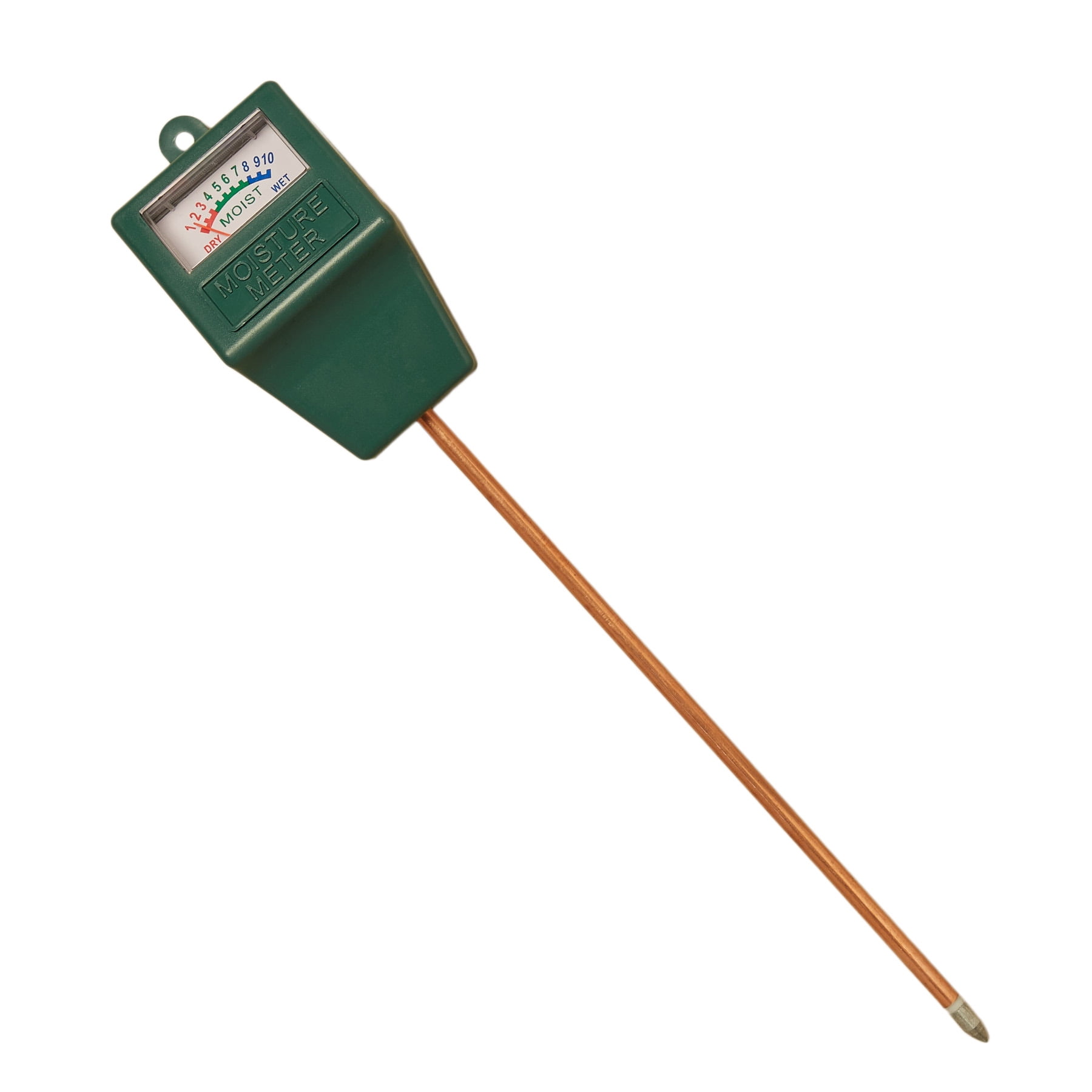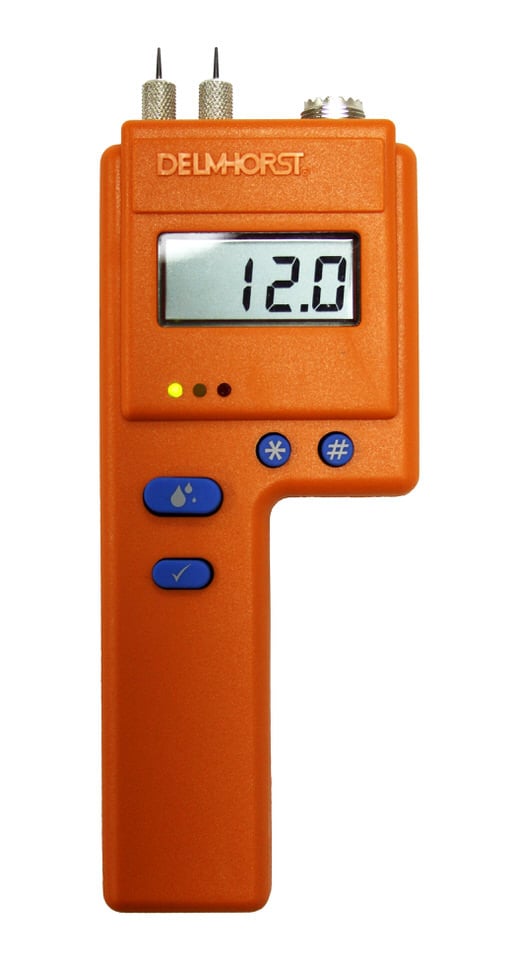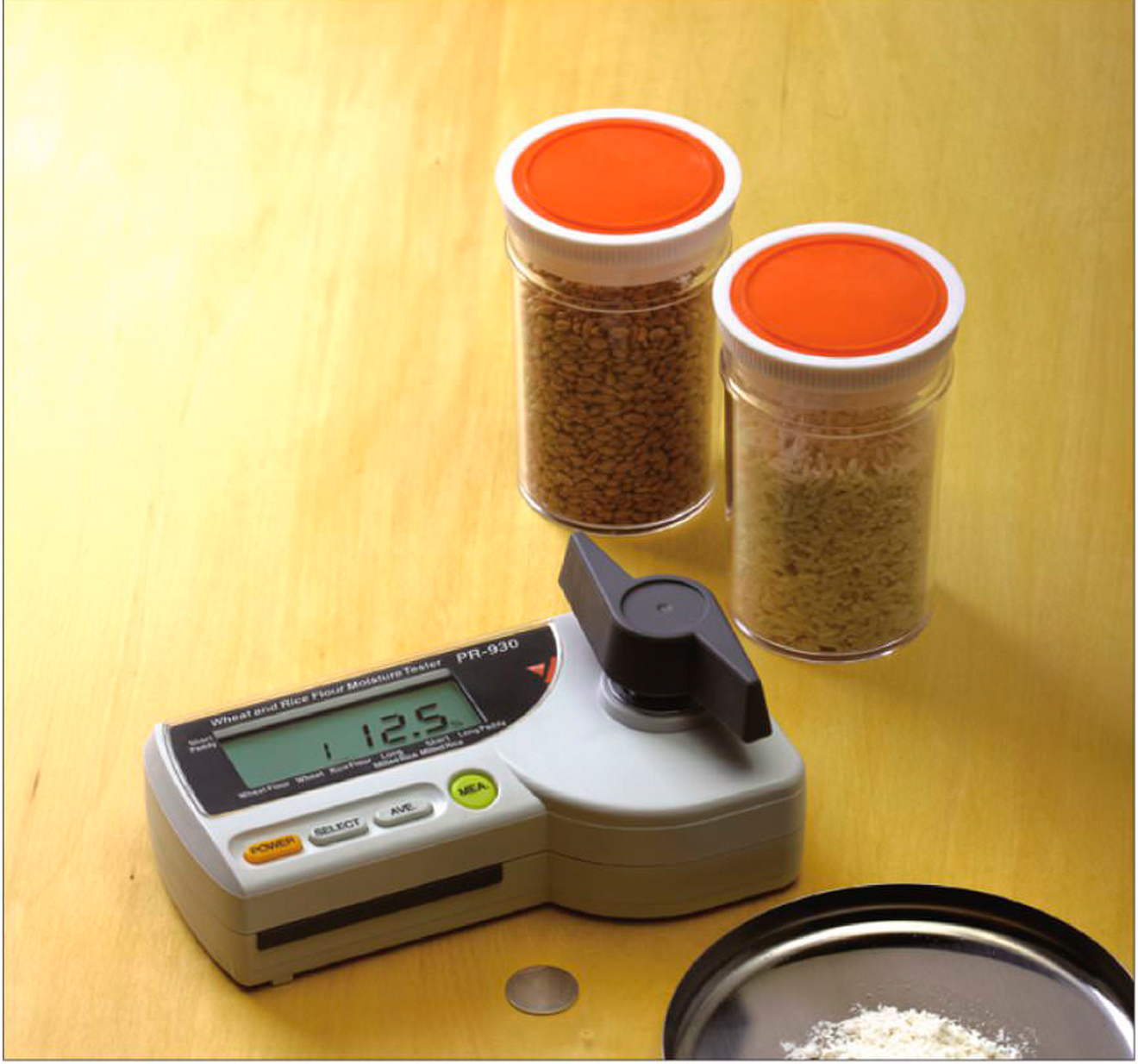Recognizing the Various Sorts Of Moisture Meters and Their Applications
Recognizing the Various Sorts Of Moisture Meters and Their Applications
Blog Article
The Ultimate Guide to Moisture Meters: A Comprehensive Overview and How They Can Conserve You Cash
In the realm of building maintenance, building and construction, and various markets, the relevance of accurately determining moisture levels can not be overemphasized. Moisture meters function as essential tools in identifying and keeping track of moisture content in products, helping in stopping pricey damages and guaranteeing the top quality of items. Recognizing the nuances of different kinds of dampness meters, their applications, and the prospective cost-saving benefits they provide can be a game-changer for businesses and specialists alike. Uncovering exactly how these tools can not only improve procedures however likewise add to financial cost savings is a journey worth embarking on.
Sorts Of Moisture Meters
One usual type is the pin-type dampness meter, which determines the electric resistance in between 2 pins put into a product. Pinless moisture meters, on the other hand, use electro-magnetic sensing unit plates to check a bigger location without creating damage to the material's surface.
Infrared wetness meters determine the thermal properties of a product to determine its moisture web content non-invasively, making them valuable for applications where pin or pinless meters might not be ideal. Comprehending the different kinds of wetness meters available can help sectors select the most appropriate device for their specific dampness measurement needs.

Advantages of Making Use Of Moisture Meters

In addition, utilizing wetness meters can bring about enhanced energy performance. By determining locations with high moisture degrees, such as leaks or poor insulation, changes can be made to enhance energy conservation and reduce utility costs. In farming settings, wetness meters play an essential function in optimizing plant yields by enabling farmers to monitor soil wetness levels and make notified irrigation choices. In general, the benefits of utilizing dampness meters cover across numerous sectors, offering affordable services and promoting better quality control practices.
Exactly How to Choose the Right Moisture Meter
Choosing the ideal moisture meter involves taking into consideration key aspects such as product compatibility, dimension variety, and calibration precision. When picking a dampness meter, it's necessary to ensure that the meter is ideal for the certain product you will be screening. Various materials have differing electrical homes that can influence wetness analyses, so selecting a meter created for your material is crucial for precise results. In addition, think about the measurement series of the dampness meter. Ensure that the meter can spot moisture degrees within the range needed for your applications. Calibration accuracy is an additional essential aspect to remember (Moisture Meter). Go with a moisture meter with reputable calibration to make certain specific and regular readings. Some meters may require regular calibration adjustments, so comprehending the calibration process is necessary. By thoroughly assessing these factors, you can choose a dampness meter that fulfills your requirements and offers accurate wetness dimensions for your projects.
Proper Methods for Moisture Meter Use
To guarantee accurate wetness analyses and take full advantage of the performance of a wetness meter, using correct techniques is vital. When making use of a pin-type wetness meter, put the pins or probes right into the product being tested up until they make full call. Ensure the pins are perpendicular to the surface area to obtain one of the most specific analysis. For pinless wetness meters, hold the device flat against the material and move it slowly to cover the whole area for a typical reading. It's critical to adjust the moisture meter according to the material being checked to enhance accuracy. Take multiple analyses throughout the surface and average them out for a more dependable result. Additionally, guarantee that the product being checked is acclimated to the atmosphere to avoid skewed readings. Routine maintenance of the dampness meter, such as cleaning up the pins or sensor, is additionally vital to make sure constant and precise readings. By complying with these correct strategies, users can depend on their wetness meter to give credible dampness levels, helping in preventing expensive damages or making sure high quality in various applications.

Price Cost Savings Through Moisture Meter Applications
Exactly how can the critical use of moisture meters result in considerable expense financial savings throughout numerous industries? Wetness meters play a critical duty in expense financial savings by protecting against prospective damage and ensuring high quality control in various markets. In the agriculture market, wetness meters help in identifying the ideal time for gathering crops, protecting against over-drying or excess moisture that can affect the end product's high his comment is here quality. This exact tracking aids farmers prevent unneeded losses and maximize their yield.

In addition, in the food processing market, moisture meters are crucial for checking product quality and making certain conformity with security guidelines. By accurately determining wetness content in foodstuff, producers can stop wasting, preserve quality, and decrease waste, resulting in considerable price financial savings. Overall, the calculated application of moisture meters is a valuable investment that can lead to considerable expense reductions and boosted performance across numerous industries.
Final Thought
In conclusion, dampness meters are valuable tools for identifying and determining wetness levels in numerous products. By using the right dampness meter and adhering to appropriate strategies, customers can efficiently protect against costly problems triggered by excess moisture. Investing in a high quality dampness meter can result in substantial cost savings over time by determining possible concerns beforehand and allowing punctual remediation. Eventually, dampness meters are necessary tools for preserving the honesty and longevity of structures and materials.
Moisture meters offer as vital tools in detecting and monitoring moisture web content in materials, aiding in preventing pricey damages and ensuring the top quality of items. Infrared dampness meters measure the thermal homes of a material to determine its dampness right here material non-invasively, making them helpful for applications where pin or pinless meters might not be appropriate.Dampness meters use very useful benefits in precisely evaluating and monitoring wetness degrees in diverse products and settings. In farming setups, moisture meters play an essential duty in enhancing crop returns by enabling farmers to monitor soil wetness degrees and make educated irrigation choices.In conclusion, wetness meters are important tools for identifying and determining wetness degrees in different materials.
Report this page